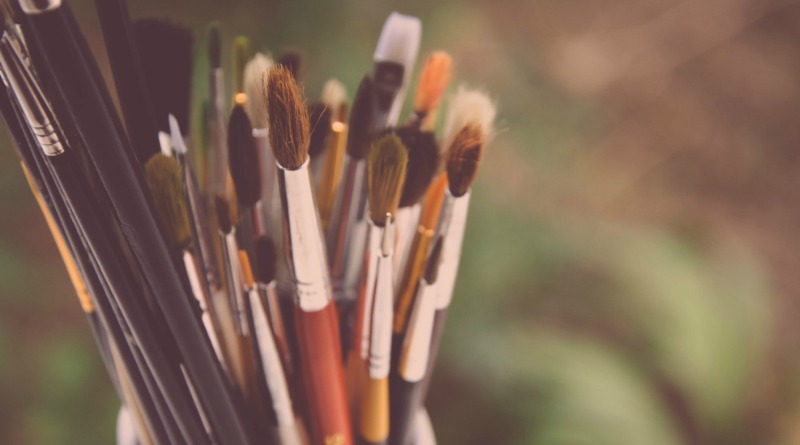It’s Time to Create: 5 Must-Know Tips for Choosing Artist Brushes

Choosing the right artist brushes isn’t as easy as simply selecting the proper size. The higher the quality of the material, the more accurate and beautiful each stroke will be. Depending on what kind of project you’re working on, you may need a different set of brushes.
Here’s your go-to guide with five tips on selecting your next artist brushes.
1. Know the Movement Terms
What’s a point? Spring and snap? Bristles, ferrules, and crimps? There are a lot of terms to learn when you start picking out paintbrushes.
The point of a brush refers to how well the bristles of the brush come together when the brush is wet. Spring refers to whether the brush holds its shape when pressed against the page. Do all the bristles spread out or do they stick together?
You can determine snap when you press the bristles against the canvas at an angle. Do they quickly return to their normal shape when you lift them? If so, they have a strong snap.
Now that you know the basics of brush movement, it’s time to learn basic brush anatomy.
2. Know the Anatomy of Artist Brushes
The brush itself is also made up of different parts. Take a look at one you have. The handle is the part you hold, usually wooden. The bristles are what you load paint onto. They’re the tiny hairs at the tip of the brush.
The ferrule is metal faster that holds the bristles to the handle of the brush. And the crimp is the indented portion of the ferrule that ensures the ferrule does not slide off the handle.
Now you know the basics of brush anatomy and movement!
3. Know Your Material
Different types of brushes will be made with different materials. Should you go with synthetic brushes or ones made from real materials (like horse hair)? Should your brushes have wood, metal, or plastic handles?
As for handles, wooden ones are often the most comfortable to hold. But really, you can choose what you like best. Synthetic brushes tend to hold their shape better when dry. Natural bristles can last for decades.
You should also use brushes that work well in your preferred medium. Different brushes will work best in acrylic paint vs. watercolor paint, and so on.
4. Select a Shape
One art paintbrush may have a fan shape, another might be cylindrical. One may have a fine point and another may be flat and rectangular.
Differently shaped brushes create unique effects while you’re painting. For example, a round brush works best for outlining or filling in areas. A fan brush is good for smoothing out textures, blending paints, and creating a feathered look.
Are you painting the four gentlemen? Or an Impressionist landscape? These details will determine which brushes you should choose.
Always make sure you know which shapes you need, particularly if you’re working with acrylics paints.
5. Go for Quality
It can be tempting to buy cheaper brushes when you’re first starting out. But do a little research into the best brushes for your particular project or interest. Then purchase brushes that are higher-quality.
Better brushes will not only last longer but produce better results on your canvas. Plus, you’ll get used to the way high-quality brushes hold paint and feel as you use them. This can help your technique improve.
Only the Best
You can find artist brushes for any art project. But knowing which ones to use takes patience and research. Next time you’re starting a new painting, use these tips to help you pick the best brushes.
If you found this article useful, be sure to check back often for new content.
What's Your Reaction?
Newly middle-aged wife of 1, Mom of 3, Grandma of 2. A professional blogger who has lived in 3 places since losing her home to a house fire in October 2018 with her husband. Becky appreciates being self-employed which has allowed her to work from 'anywhere'. Life is better when you can laugh. As you can tell by her Facebook page where she keeps the humor memes going daily. Becky looks forward to the upcoming new year. It will be fun to see what 2020 holds.


